

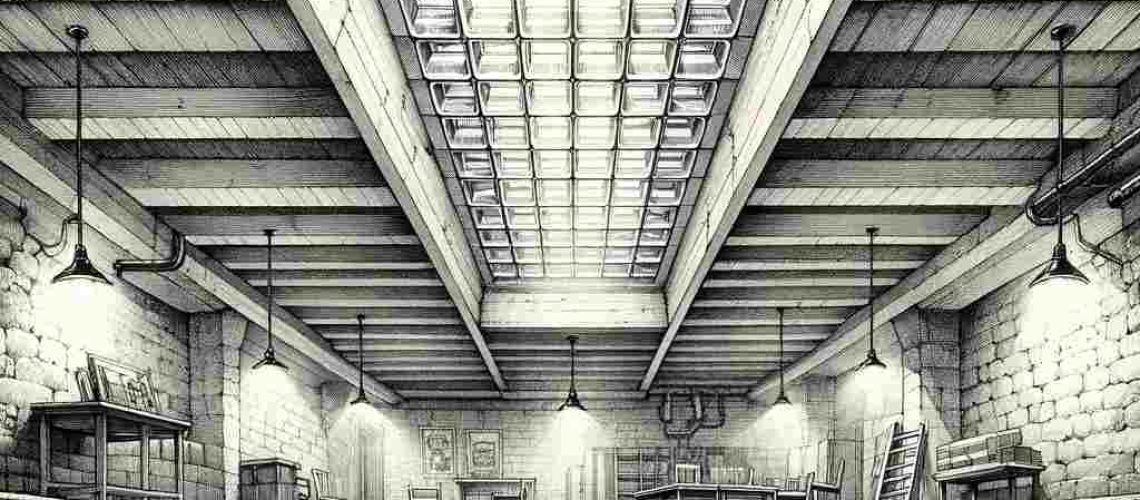
Pavement lights, also known as sidewalk prisms or vault lights, have a rich history spanning centuries. These architectural marvels illuminate underground spaces and serve as intriguing urban features. This article explores the multi-faceted world of pavement lights from their origins to contemporary applications.
Pavement lights, first introduced in the early 19th century, emerged as a pioneering solution to the challenge of delivering natural light to underground spaces. Initially crafted from robust glass materials, these lighting fixtures were carefully integrated into the sidewalks to enhance the lighting in basements and cellars of commercial establishments and residential properties. This inventive approach to urban lighting swiftly captured the attention of populated cities, leading to its rapid adoption and popularity in major metropolitan areas such as London and New York City. This development not only improved the functionality of these spaces but also marked a significant evolution in urban architectural design, reflecting a broader trend towards optimising the use of natural resources in city planning.
Pavement lights are ingeniously designed to fulfil a dual role: they enhance subterranean spaces’ interior lighting while ensuring safe passage for pedestrians walking above. These durable fixtures are built to endure the weight of continuous foot traffic and withstand various urban elements, effectively offering a transparent view into the intriguing underground world beneath our city streets. Their functionality extends beyond mere illumination; they serve as a vital component in urban infrastructure, brightening underground passages, underground stations,
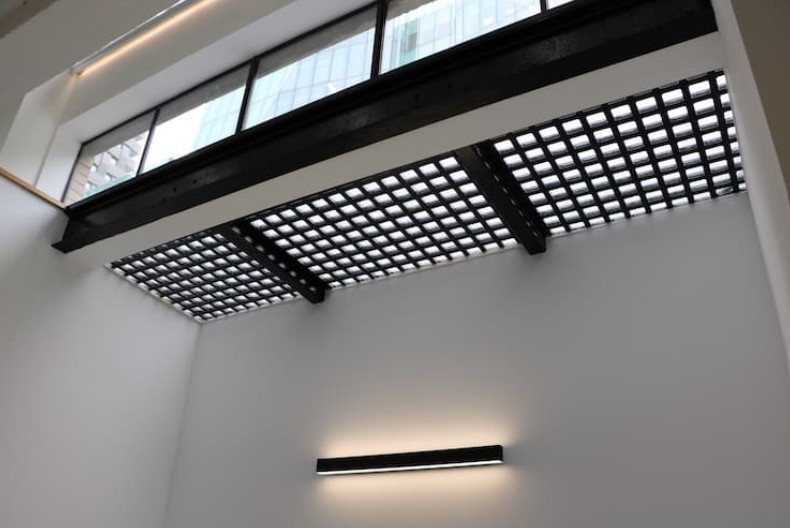
and various commercial spaces, thus contributing to aesthetic appeal and public safety. Today, the use of pavement lights continues to evolve, reflecting advances in materials and urban design, and remains a critical element of the dynamic interaction between surface-level activities and subterranean urban environments.
Pavement lights are known by many names, each reflecting their designs and purposes. Often referred to as sidewalk prisms, vault lights, or pavement vaults, these terms denote their physical characteristics and strategic placement and emphasise their importance in historical and modern urban landscapes. Whether constructed from traditional materials like glass and cast iron or more contemporary ones like acrylic, each version is a testament to ongoing urban ingenuity and architectural evolution. These fixtures serve multi-faceted roles, from enhancing natural light in underground spaces to contributing aesthetically to the city’s visual landscape. Their robust design ensures durability against the wear and tear of urban life. At the same time, their varied appearances and configurations illustrate the adaptability and creative solutions that have evolved to meet the changing needs of urban spaces.
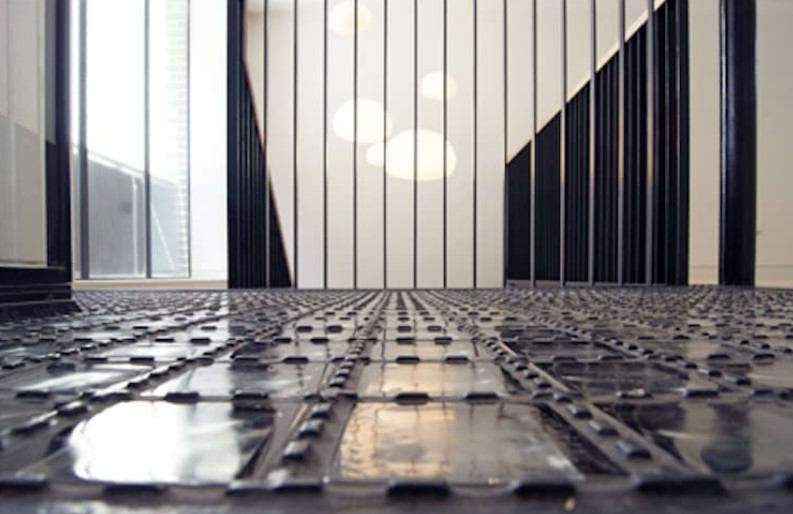
In contemporary urban design, the application of pavement lights has significantly evolved beyond their traditional function. Today’s architects and designers creatively integrate these lights into various public spaces, such as pavements, plazas, and pedestrian pathways, to enhance illumination and add a distinctive artistic flair to urban environments. These installations range from bespoke, custom-designed pieces to standard-sized fixtures, each thoughtfully crafted to enrich the pedestrian experience.
Beyond mere functionality, pavement lights now play a pivotal role in revitalising urban areas by infusing them with natural light and an aesthetic appeal that respects and preserves the historical charm of the surroundings. They serve as visual and functional links between the past and present, demonstrating how traditional elements can be reimagined to meet contemporary needs and environmental considerations. This integration of pavement lights reflects a broader trend in urban planning where innovation meets heritage, creating vibrant, inviting, and sustainable urban spaces.
While built to last, historic pavement lights increasingly face significant preservation challenges amid rapid urban development and expansive infrastructure projects. These challenges arise as the push for modernisation often puts these architectural elements’ integrity at risk. Located in various settings, such as listed buildings, commercial shops, and broader commercial areas, pavement lights serve functional purposes and hold historical value, contributing to the architectural narrative of urban environments.
Conservation efforts to protect these historic fixtures are crucial and involve a multi-faceted approach.
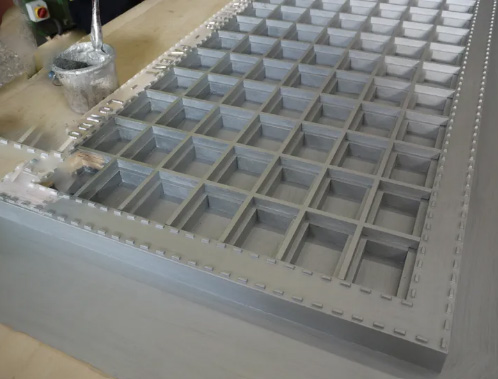
Preservationists, local government bodies, community groups, and even property owners of listed buildings and commercial spaces are coming together to ensure these features are not lost to future generations. This collaborative effort aims to balance the need for modern infrastructure with preserving our cultural heritage.
These efforts often involve meticulous restoration techniques designed to maintain the aesthetic and structural qualities of the pavement lights while ensuring they meet contemporary safety standards. Additionally, advocacy and awareness campaigns help educate the public and stakeholders about the importance of these historical elements, fostering a community-driven approach to conservation.
Moreover, local authorities are increasingly considering or implementing regulatory measures and protective legislation to ensure that any new developments or renovations in areas featuring historic pavement lights are conducted with sensitivity to their preservation. This proactive approach seeks to maintain urban landscapes’ visual and historical integrity and promote a deeper appreciation for the intricate relationship between past architectural practices and present-day urban development.
Traditionally valued for their practical utility, Pavement lights have transcended their functional role to become significant aesthetic elements within urban landscapes. Today, these fixtures are not merely sources of illumination but are strategically used by designers and artists as integral components of public art installations. Through the creative use of their transparent surfaces, these lights transform ordinary sidewalks into vibrant and dynamic public spaces, enhancing the visual appeal and the interactive nature of urban environments.
By incorporating historical narratives or contemporary artistic expressions into the design of pavement lights, designers can create a dialogue between the city’s past and its present, enriching the community’s cultural fabric. These installations invite pedestrians to engage more deeply with their surroundings, turning a simple walk into an immersive sensory experience. Integrating art into pavement lights elevates the aesthetics of cityscapes and plays a crucial role in fostering community engagement and pride.
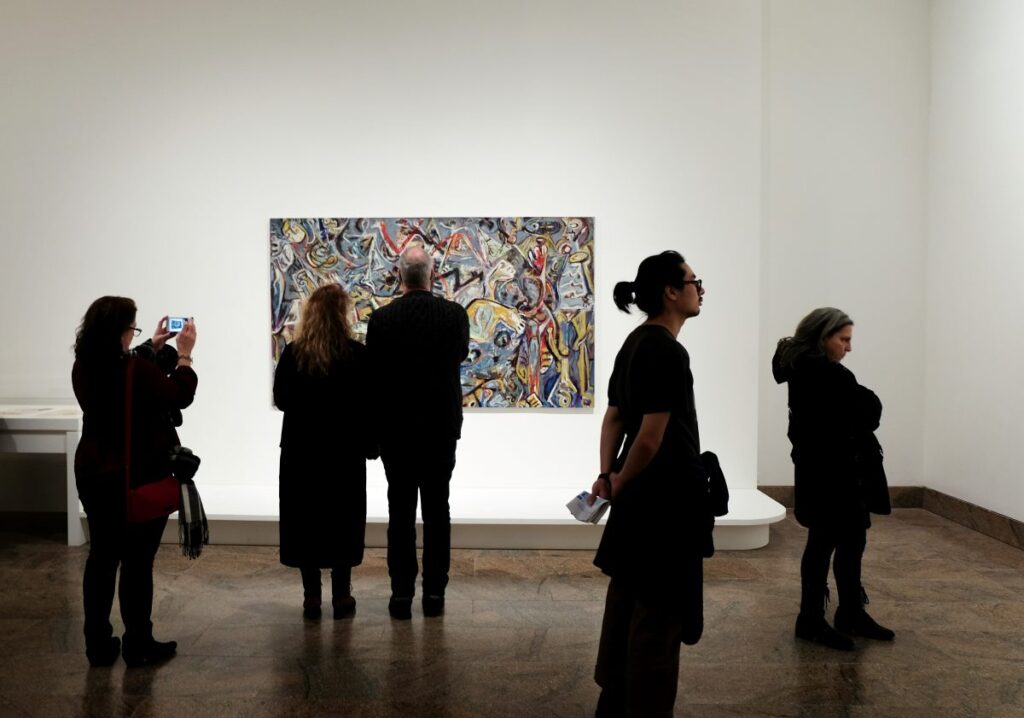
Furthermore, these artistic interventions serve as focal points that can activate underutilised spaces, drawing attention and foot traffic to less frequented areas. As a result, pavement lights are becoming critical features in the strategies employed by city planners and developers to revitalise and animate urban spaces. This approach beautifies the city and contributes to the area’s economic vitality by enhancing the overall pedestrian experience and potentially increasing local business visibility and patronage.
Pavement lights, whether in bespoke or standard sizes, provide versatile solutions that can be adapted to various urban applications. Bespoke designs, such as those offered by specialists like Tuscan Foundry Products, are essential for projects requiring unique specifications. These custom solutions allow for flexibility in shape, size, and materials, making it possible to tailor each installation to the project’s specific aesthetic and functional needs. Such customisation can include integrating unique glazing options or adding specialised venting to enhance performance, ensuring that each pavement light perfectly complements its environment.
On the other hand, standard-size pavement lights offer cost-effective and readily available options that are ideal for more general applications. These fixtures are designed to meet standard requirements efficiently, featuring a variety of glazing treatments and additional venting systems to optimise light transmission and airflow. Standard-size lights are particularly beneficial for projects with tight budgets or timelines, providing reliable quality without extended customisation.
Whether opting for the bespoke elegance and tailored fit of a Tuscan Foundry bespoke casting or the practical, standardised solutions, both types of pavement lights contribute significantly to the functionality and aesthetics of public spaces. They enhance safety and visibility and elevate the visual appeal of sidewalks and plazas, making them more engaging and accessible for community interaction. This blend of custom and conventional options ensures that regardless of project demands, pavement lighting solutions are available to meet the diverse needs of urban development.
Pavement lights have journeyed from their modest origins to become integral features of contemporary urban landscapes, consistently brightening our pathways and arousing curiosity about the underground world beneath our feet. As enduring symbols of architectural innovation and historic preservation, these lights serve as practical solutions for illumination and as poignant reminders of the intricate link between urban development’s past, present, and future.
By continuing to embrace and promote the legacy of pavement lights, we pay tribute to their sustained contributions to enhancing urban life. These installations enrich our environments, providing physical light and a symbolic connection to the generations of city planners and architects who have shaped our surroundings. Their ongoing evolution and adaptation in modern settings celebrate the dynamic blend of tradition and innovation inherent in urban architectural practices.
With our bespoke services, Tuscan Foundry plays a pivotal role in this ongoing story. Supplying pavement lights throughout the UK, Europe, and worldwide ensures that diverse projects’ aesthetic and functional needs are met with sympathy and precision. Whether by restoring historical sites with lights that match their original designs or innovating new solutions that address contemporary demands, Tuscan Foundry’s contributions help keep the spirit of these historical artefacts alive, making them as relevant today as they were over a century ago. This global reach underscores pavement lights’ universal value and appeal, affirming their place in preserving our heritage and illuminating our future.